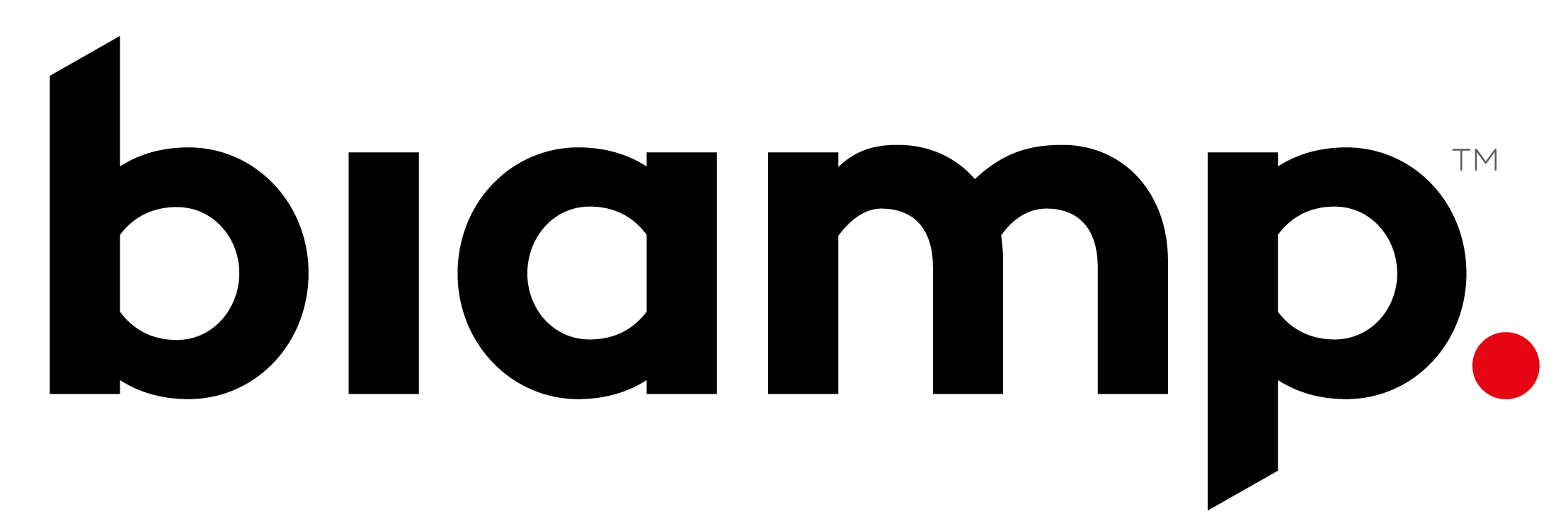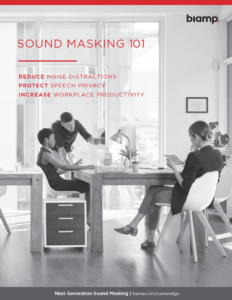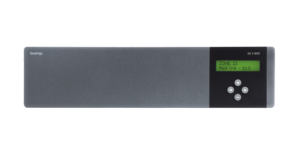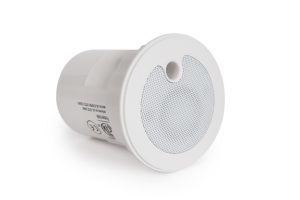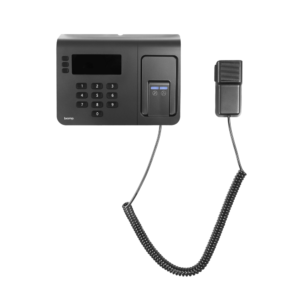Whether it’s an open-office with communal workspaces or a more traditional layout with cubicles and private offices, workplaces need to adapt to a new, pandemic-driven reality.
Open office-architecture will remain. But with the implementation of staggered work schedules to regulate onsite headcount—and thereby foster proper distancing—a lack of office-acoustic consistency will result.
Reduced/irregular office occupancy means noise distractions, speech privacy, and employee comfort will likely become MORE problematic, not less.
More-traditional offices with cubicle layouts are installing partitions between staff members, whether Plexiglas, modular wall systems, or moveable screens. These options—which are solid surfaces to allow for easier disinfecting—are acoustically reflective and will dramatically alter an office environment’s overall acoustics, making noise distractions, speech privacy and employee comfort challenges even more prominent.
COVID-19 and the “New Normal” Workplace – How Can Sound Masking Help?
With inconsistent—and more disruptive—office acoustics because of onsite employees with staggered schedules and the installation of more acoustically reflective surfaces, sound masking helps by introducing a consistent level of background sound to reduce noise distractions, increase speech privacy, and increase employee comfort.
No matter the extent to which office architecture might evolve because of COVID-19, the potential for noise distractions, lack of speech privacy, and insufficient employee comfort will remain.
When employees endure more-frequent distractions, lack speech privacy, and feel less comfortable, overall business productivity suffers.
And the problems aren’t going away, which is why sound masking remains an easily installed, cost-effective and necessary solution.
Plus, with so many relatively empty offices because of the work-from-home mandates that are so common in today’s environment, now is the perfect time to consider installing a sound masking system in your office.
